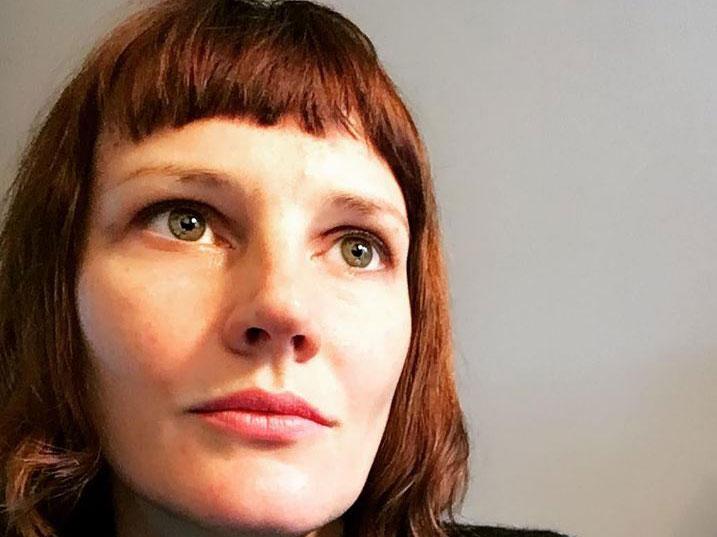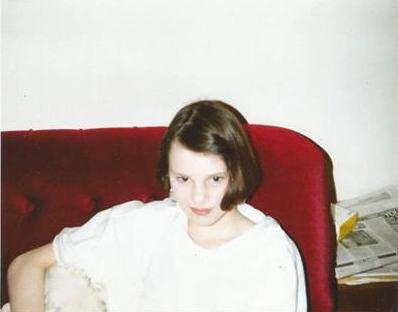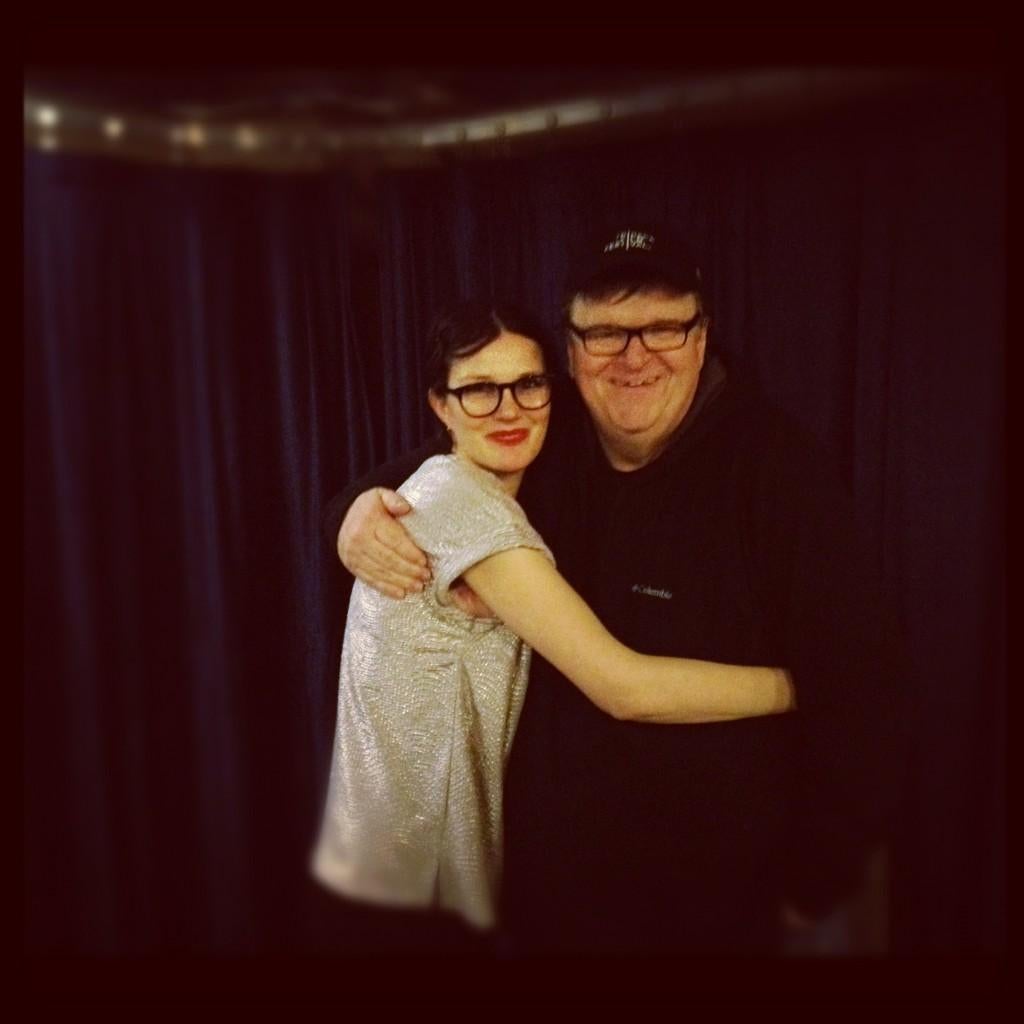From sidewalk to catwalk: How Lorna Tucker went from homeless beggar to top model
The documentary-maker tells her friend, actress and writer Margo Stilley, how the Young and Homeless Helpline will be there for those who – like she once did – have nowhere else to turn

Your support helps us to tell the story
From reproductive rights to climate change to Big Tech, The Independent is on the ground when the story is developing. Whether it's investigating the financials of Elon Musk's pro-Trump PAC or producing our latest documentary, 'The A Word', which shines a light on the American women fighting for reproductive rights, we know how important it is to parse out the facts from the messaging.
At such a critical moment in US history, we need reporters on the ground. Your donation allows us to keep sending journalists to speak to both sides of the story.
The Independent is trusted by Americans across the entire political spectrum. And unlike many other quality news outlets, we choose not to lock Americans out of our reporting and analysis with paywalls. We believe quality journalism should be available to everyone, paid for by those who can afford it.
Your support makes all the difference.For Lorna Tucker her big break came at her lowest moment. She was 17 and begging for drug money at Charing Cross Station when she was spotted by an agency and went on to became a successful model.
Now in her thirties and a mother of three who has been clean for seven years, she has modelled for some of the world’s biggest brands and is a professional documentary-maker working globally.
But that does not mean she can ever forget what it was like to be 15 and running away from home, a decision that resulted in her living on the street and developing a debilitating heroin habit.
It is why she supports The Independent and Centrepoint’s Young and Homeless Helpline appeal to create a service for those who, like she once did, have nowhere to turn.
“It’s very difficult moving on from homelessness and having any sense of worth after that,” she said. “I want people to understand and be supportive of anybody they know who has been in a dark place or has suffered from mental illness or has been to these extremes and is coming back. The post-traumatic stress of homelessness is a huge part of rehabilitation.”

Growing up in Hertfordshire with her mother and four siblings and with her father living just down the road, Lorna’s family was “difficult, but was not without love”.
But, in her teenage years, there was a breakdown in her relationship with her family and her home life deteriorated rapidly.
At 15 Lorna ran away. At first she was able to stay with the family of a friend but, after being told that she had to go back to her family, she ended up living on the streets.
“By the end of the summer I was addicted to drugs,” she recalled. “You become a survivor and it damages you so much. You know you don’t need anything or anyone and you can just survive, but inside you want to have love and that’s really hard.”
It was while begging outside Charing Cross tube station that she was first scouted by a modelling agency. It was, she says, the first time that someone had made her feel that she might be beautiful.
At the time, she was not capable of following up with the offer to become a model as her life was too chaotic, but the idea had been planted and the moment stayed with her during her darkest hours to come.
Just after her sixteenth birthday, Lorna felt there was no way out of the vicious cycle of homelessness and drug addiction and, at her lowest point, she tried to take her own life.
Luckily she was found in time and with the help of friends, family and professionals she made the choice to turn her life around. She entered into rehab and applied and secured a place at art school.
A year later she was again scouted by a top model agency and this time felt strong enough to go for it. Within weeks Lorna was on modelling shoots in London, Paris and Milan.
During her modelling career she was shot by photographers that included Steven Klein and Rankin and starred in a Levi’s campaign. This enabled her rebuild her self-confidence.
“Modelling was a saviour because it showed me a bigger world than I had ever known,” she recalled. “I met people that changed my way of thinking and seeing the world.”
Lorna now lives between London and Lewes, East Sussex. She has just directed and produced two feature-length documentaries: AMA – a documentary about the sterilisation abuses of Native women across the United States that was co-produced By Ged Doherty and Colin Firth– and WESTWOOD, an in-depth documentary about the life and times of Vivienne Westwood. Both will be released later this year.

It is a remarkable turnaround from where she once was. But she knows she is one of the lucky ones. That is why she knows initiatives like the new Centrepoint helpline are needed.
“Anyone can turn their lives around,” Lorna said. I don’t believe that whole thing that a leopard never changes its spots, because you’re looking at someone who has.”